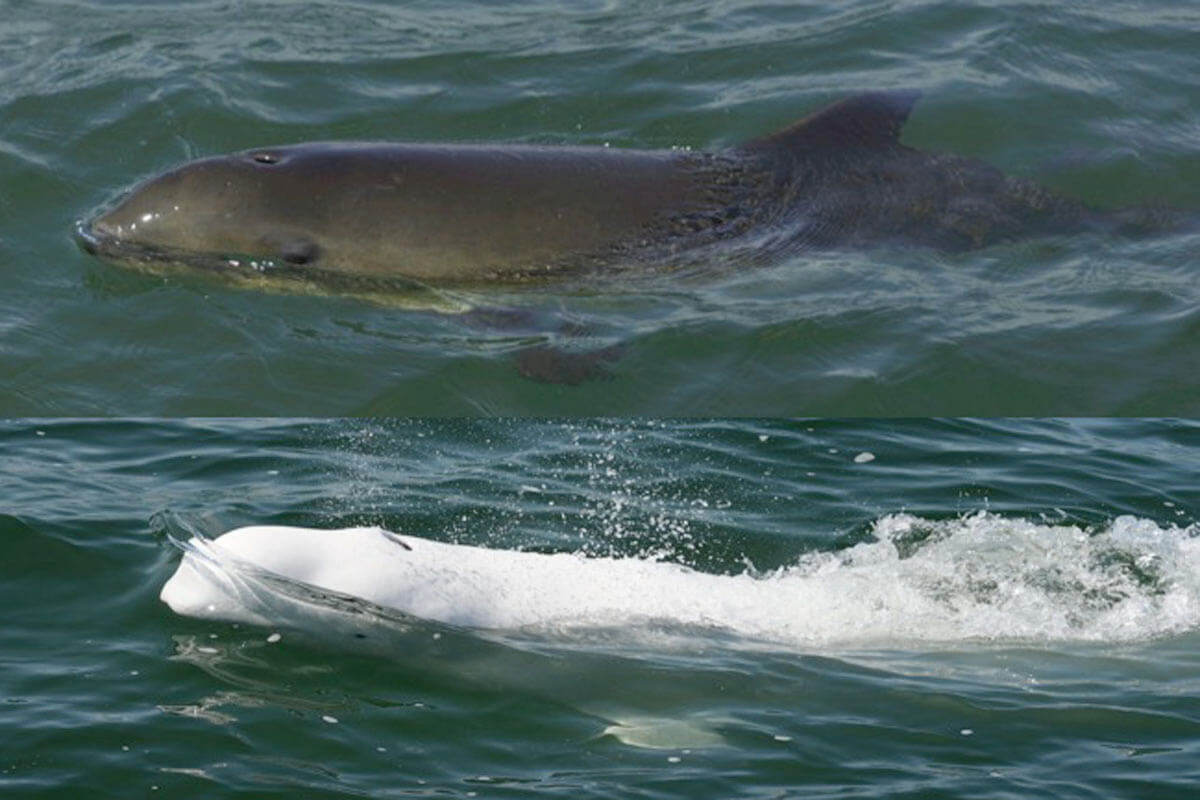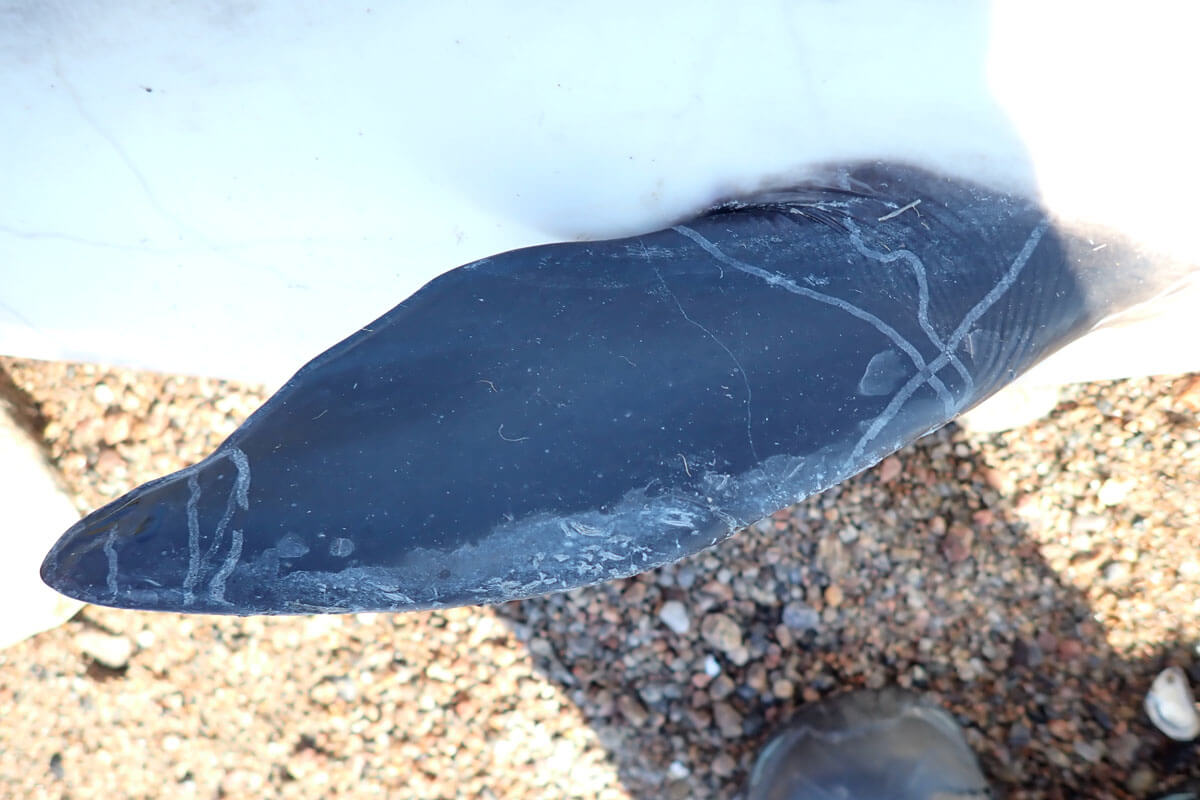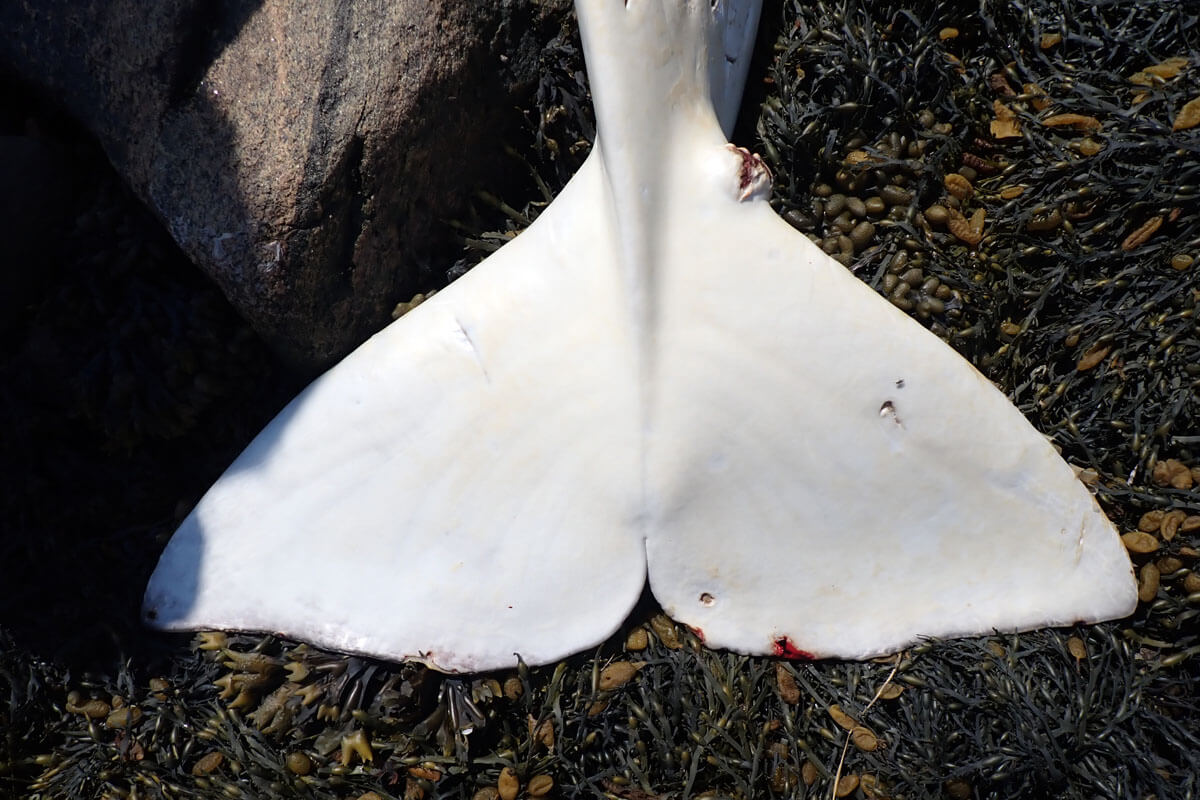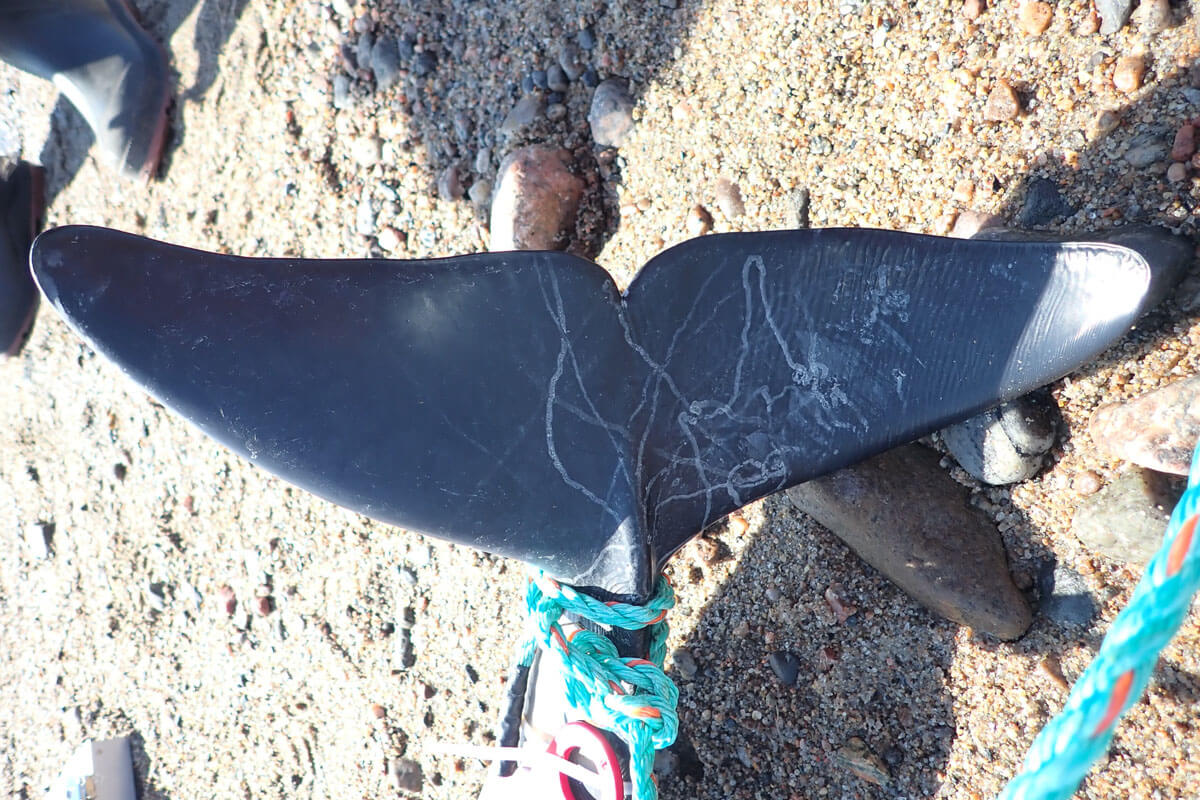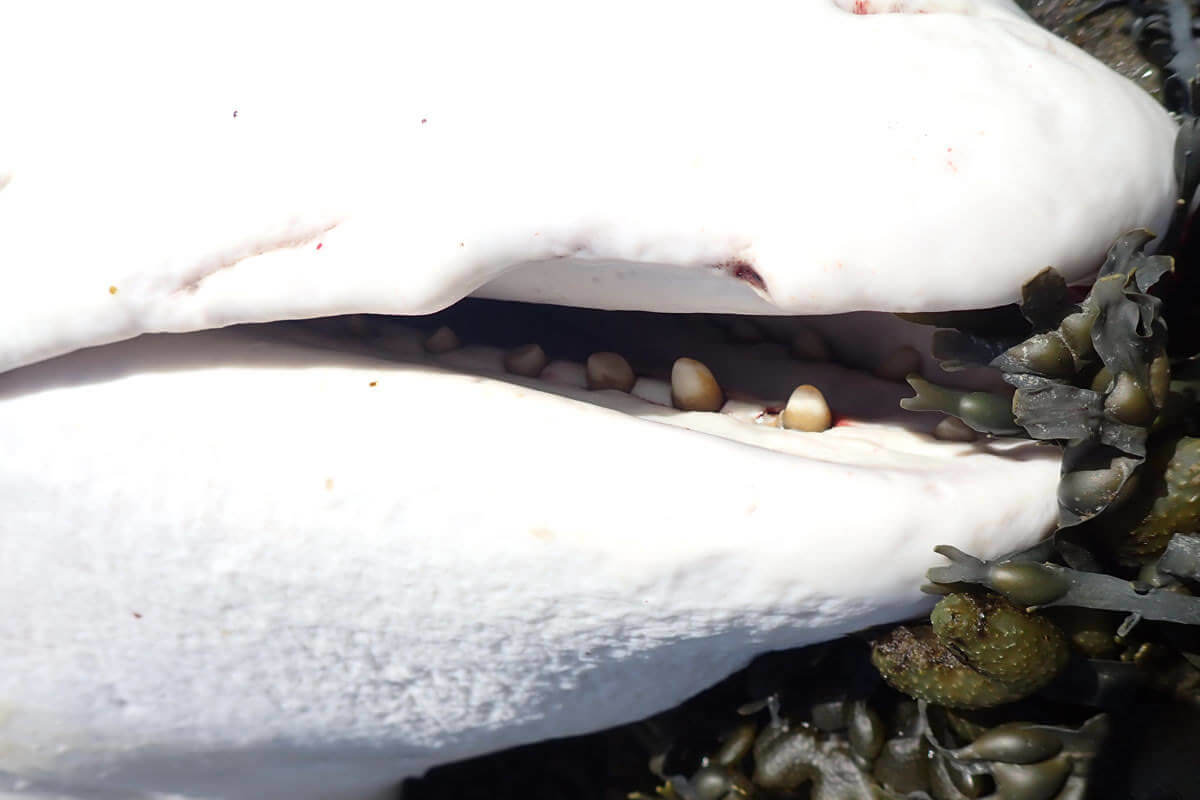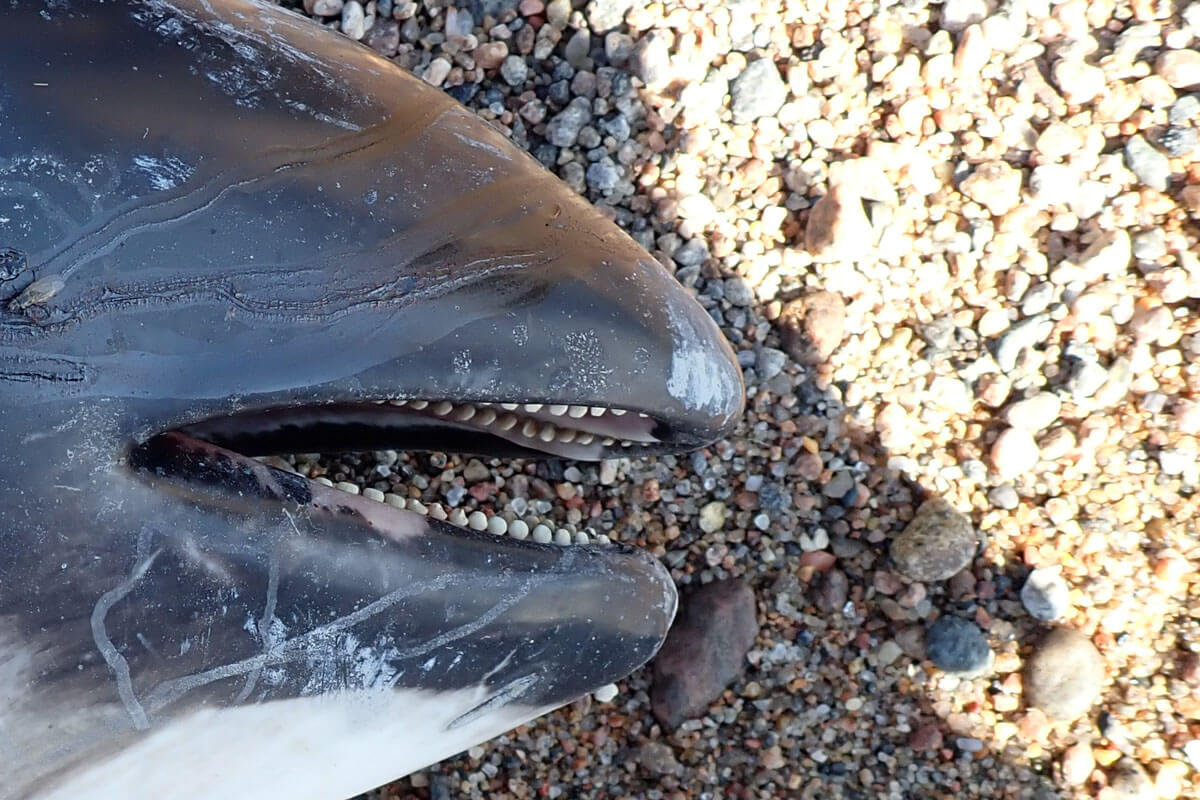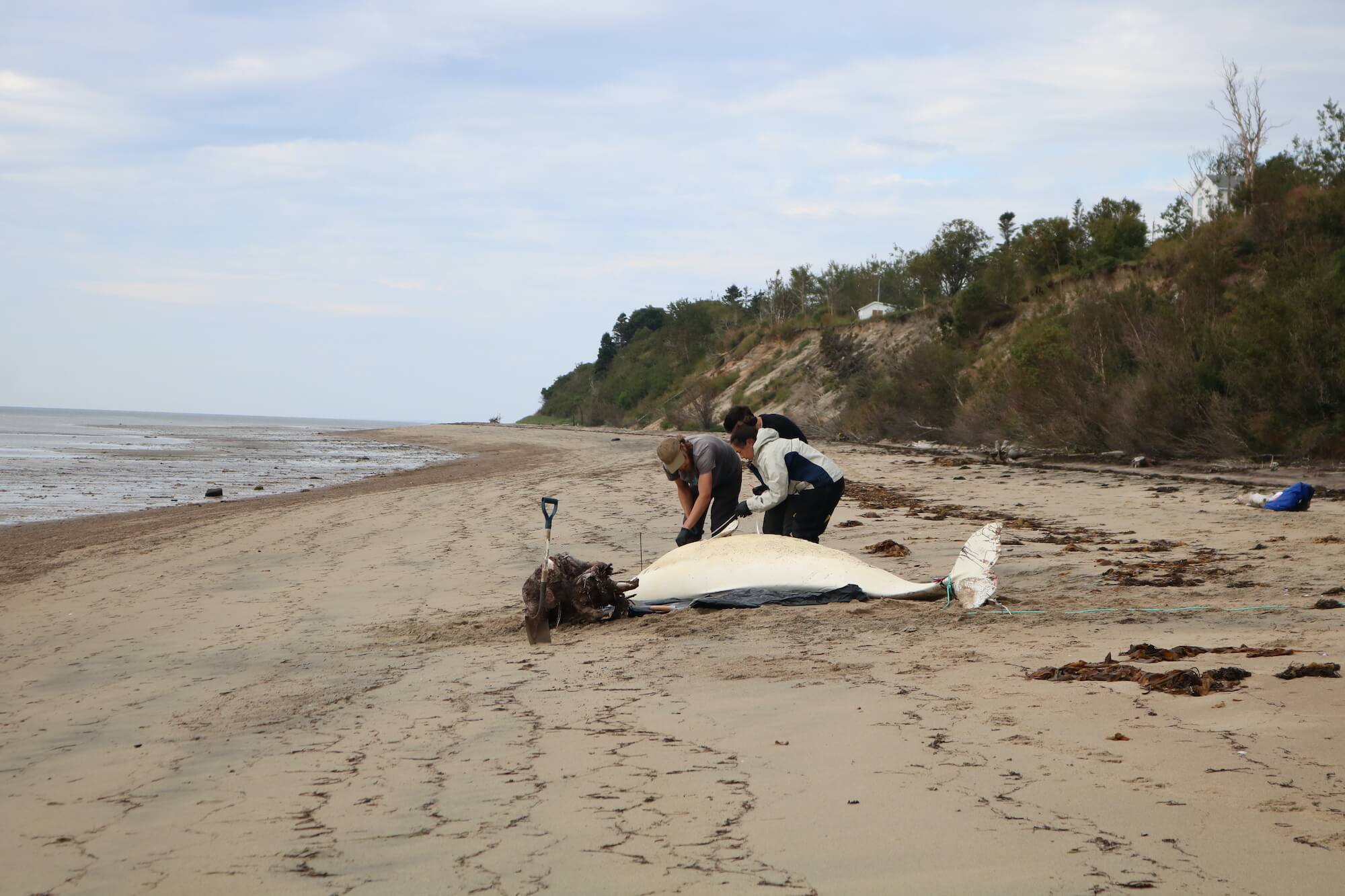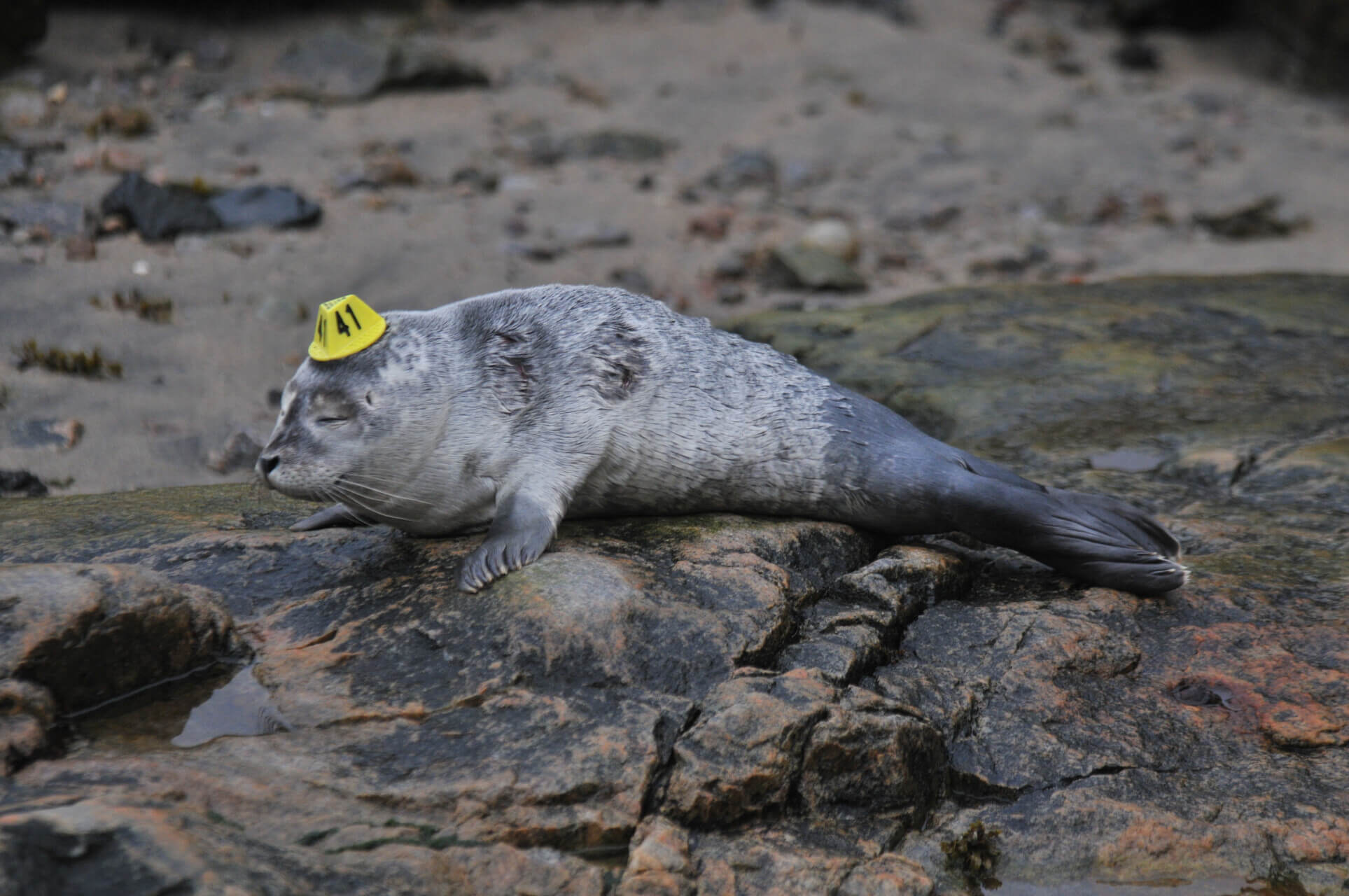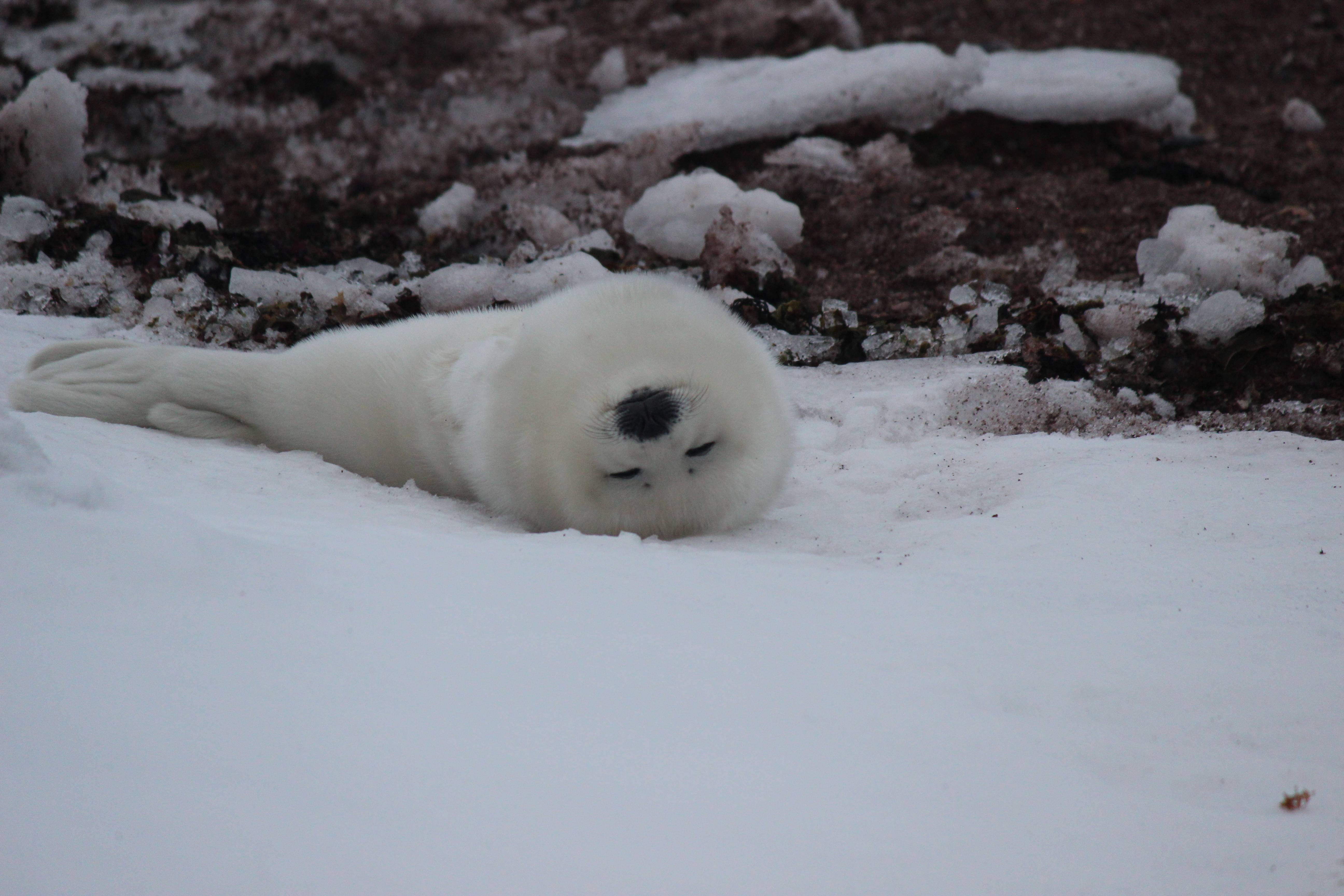Although the beluga is sometimes referred to as a “white porpoise” and has several similarities to the harbour porpoise, the terms “beluga” and “porpoise” actually refer to quite different species.
What's in a name
In the past, the whale that we now call beluga whale was commonly called porpoise or white porpoise in Quebec. Today, “beluga” (or spelled “beluga”), a word of Russian origin, is the standard name used for this species in the province and around the world.
Porpoises, belugas, sperm whales and dolphins of all kinds fall under the suborder of toothed whales known as odontocetes. Harbour porpoises and belugas, however, belong to two different families. There are several species of porpoises, all of which are part of the family Phocoenidae. There is just one species of beluga that, along with the narwhal, forms the family Monodontidae.
Did you know?
A member of the sturgeon family is also known as the beluga. This endangered fish is famous for its caviar.
How does one distinguish a porpoise from a beluga?
Size, colour, fin shape, teeth… the differences between porpoises and belugas are numerous. However, one must avoid relying on just one of these parameters to formally determine which of the two species an animal belongs to, especially if it is dead.
Indeed, colour alone is not necessarily reliable. On the water, one can have the impression that belugas are black when looking into the sun, just like porpoises can appear white in strong light. Additionally, in the past, live, completely white harbour porpoises have been observed. Because the skin of a porpoise carcass can peel off under the influence of the sun, sand or rocks, the pale layer of exposed blubber can be reminiscent of a beluga’s colour. Conversely, beluga carcasses can turn black over time.
Size alone is also not enough to go by, since a beluga calf is similar in size to an adult harbour porpoise. Likewise, a porpoise’s dorsal, pectoral, and caudal fins can be damaged after the animal has perished, making it impossible to identify using this indicator.
Like a detective, anyone aiming to identify a species must collect several different clues to confirm the ID with certainty.


